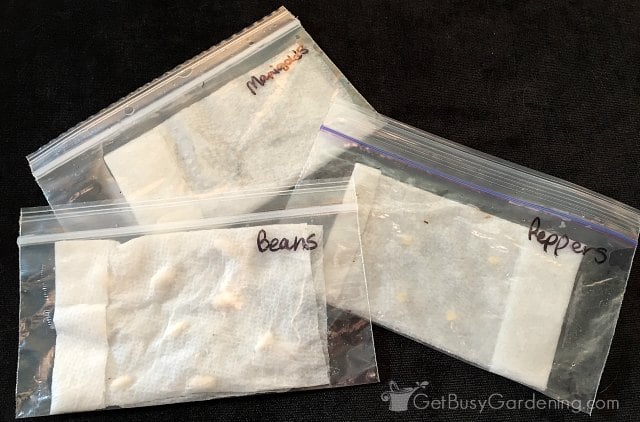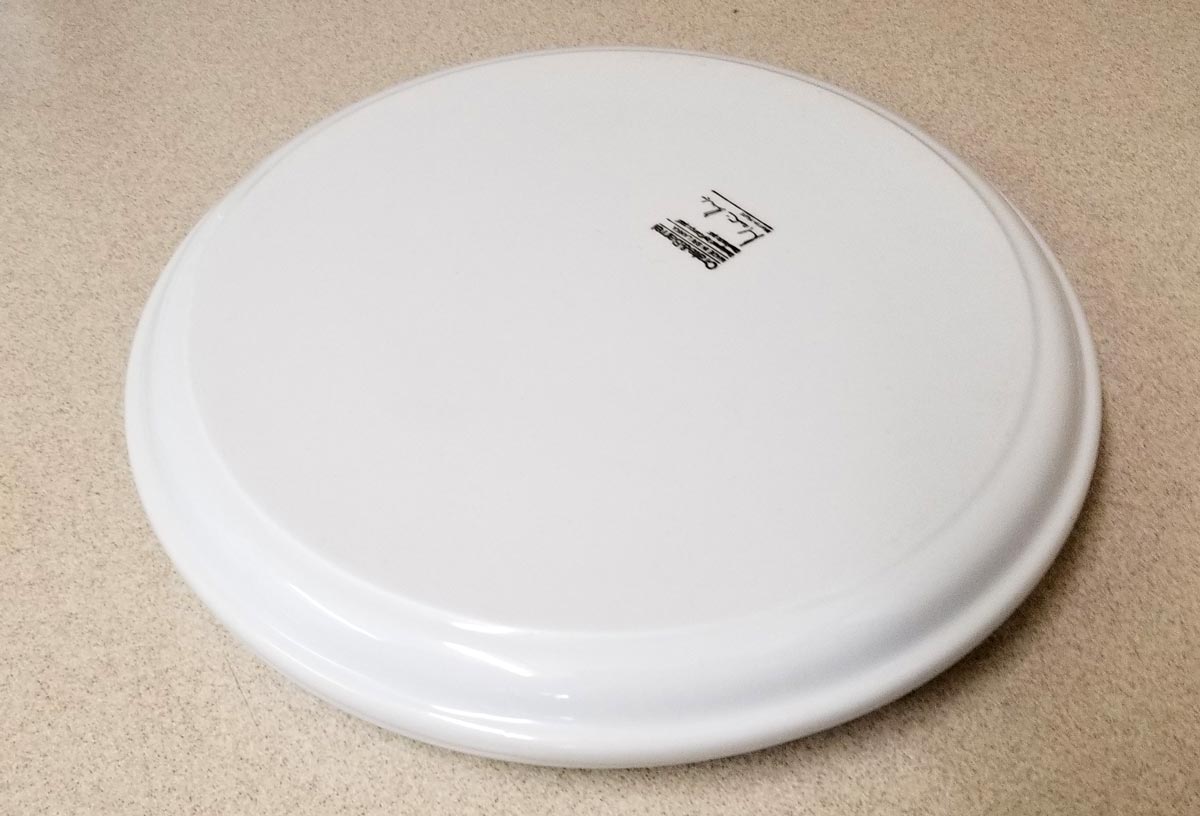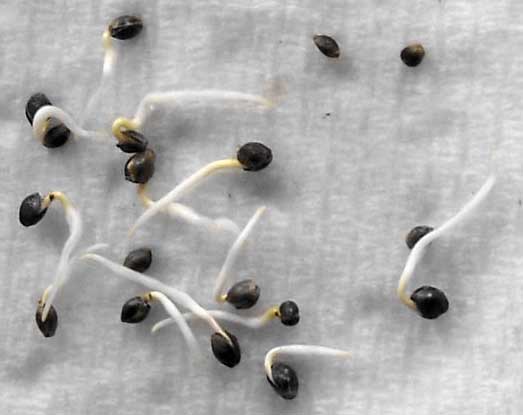Germinating seeds can
often be one of the most frustrating things when starting your grow. Here we
will discuss what you need to do to have a successful germination. Water is a
vital component when it comes to germinating seeds. Water activates the seed and
from their first interaction, the seed will begin developing its root system,
breaking out o its outer layer and awakens from its dormancy. There are a
couple of ways to germinate your seedlings but in todays discussion we will
talk about the wet paper towel method.
STEP 1:
Stack two pieces of paper
towel sheets (un- bleached) on top of each other. Once you have done this,
dampen the paper towel, if possible use a spray bottle to achieve this step but
if not, lightly drip water onto the paper towels. Its important to note that
too much water will effectively drown the seeds so keep a keen eye on how much
water is in the paper towels. Place your seeds onto the paper towels, leaving a
centimetre or two between each seed to avoid overcrowding the space.
STEP 2:
Dampen another two paper
towels and place them over the original paper towels that are holding your
seedlings. Once you have done this, place your seedlings in a zip lock back. Do
not seal the bag off as that will cut off all oxygen to the seedlings
themselves. Place the zip lock bag
between two plates; one as the base and the other should be flipped upside down
and placed on top of the base plate, this creates a dome in which the seeds can
sit in. At this stage, Light is not important, in fact light will actually
stunt or even stop your seedling from hatching out as root exposure to light is
detrimental to plant growth. Place your seedlings in a warm and dark place.
Anywhere from 21 – 24 degrees celcius is ideal. If you happen to live in places
where temperatures are very low, buying a heat mat will help you out
tremendously with this problem.




STEP 3:
Once we have found a nice
spot for our seeds all we need to do is maintain their environment. Check back
every 6 hours to ensure the paper towels haven’t dried out, if you feel that
they are, light spray the paper towels and place them back in the zip lock bag.
It is also important to monitor temperatures within the germination
environment. Temperatures getting to low or high will kill or stunt your
seedling. Keep a close eye on your
seedlings until they show their first roots.










